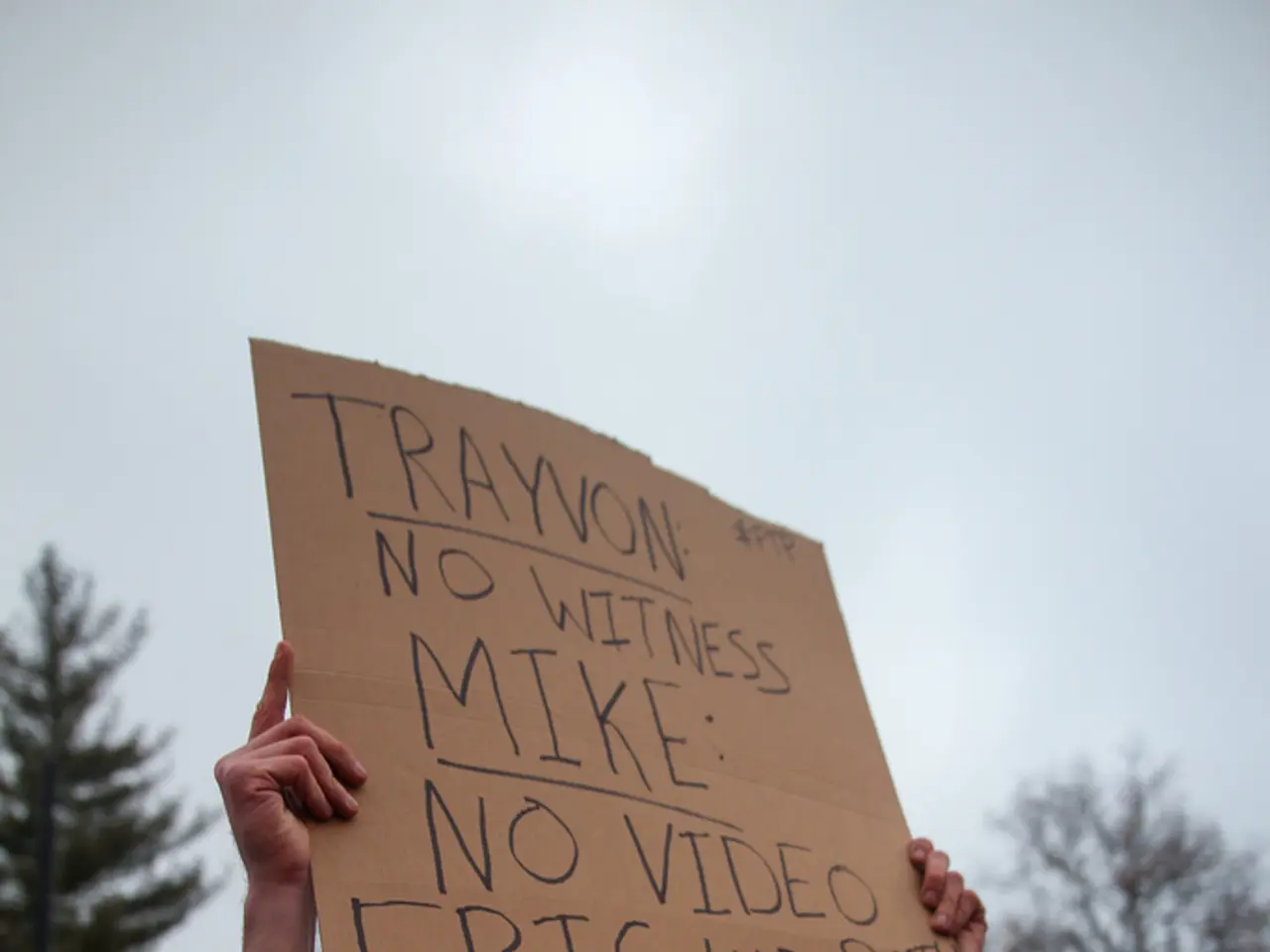Celebrating the Monarchs of Hip Hop's Classic Era: Honoring the Notable Kings and Queens!
In the mid-1980s to mid-1990s, a pivotal period known as the Golden Era of Hip Hop transformed the genre and popular culture significantly. Visionaries like A Tribe Called Quest, De La Soul, Wu-Tang Clan, and N.W.A, among others, pushed boundaries with their bold experimentation and groundbreaking music.
Artists refined lyrical complexity and storytelling techniques, elevating rap from simple crowd chants to intricate, personal narratives. Rakim, for instance, introduced more reflective and rhythmic flows, while Slick Rick's narrative albums and N.W.A's politically charged tracks like “F*** tha Police” highlighted social issues such as police brutality and racial profiling. Female MCs like MC Lyte and Queen Latifah expanded representation and addressed feminist themes, enriching the genre's diversity and depth.
Golden Era artists like Run-D.M.C., Big Daddy Kane, and Rakim advanced cadence, rhyme schemes, and lyrical delivery, setting new technical standards for hip hop music. This creative flourishing laid the groundwork for hip hop’s evolution into a serious art form rather than just party music.
Beyond music, Golden Era hip hop shaped fashion trends and youth culture globally, influencing urban style and slang. Oversized jackets, baggy jeans, bold graphic tees, chunky gold chains, snapback hats, and luxury sneakers became symbols of opulence in Hip Hop culture. Hairstyles such as hi-top fades, cornrows, and braids were intricate works of art that told stories within the community.
The era’s artists did not shy away from addressing social injustices and urban realities, using their platform to speak on systemic issues affecting marginalized communities. This period proved hip hop’s power as a voice for the voiceless, inspiring political awareness and community solidarity through music.
Hip hop royalty also demonstrated their entrepreneurial prowess and multifaceted talents through diverse business endeavours. They actively participate in philanthropic efforts and community outreach programs, focusing on addressing education disparities, healthcare access issues, and advocating for criminal justice reform.
Their raw and introspective verses illuminate crucial dialogues on social issues like systemic racism, poverty, and inequality. Tupac Shakur, The Notorious B.I.G., and Nas emerged as iconic figures during this era, joining forces with other hip hop royalty to craft enduring masterpieces that still influence the music scene today.
In art and literature, hip hop royalty's influence is celebrated through vibrant paintings, intricate illustrations, and captivating sculptures. OutKast, consisting of Andre 3000 and Big Boi, brought a new wave of sound from Atlanta, while Hip Hop's influence on language and slang continues to echo through generations and cultures.
As we look to the future, the emerging cohort of hip hop royalty is redefining the genre with daring experimentation and a willingness to defy norms. They pave the way for greater diversity and inclusivity in music and culture, ensuring that the legacy of the Golden Era continues to captivate audiences worldwide, shaping trends in fashion, language, and societal standards.
- The Golden Era of Hip Hop, spanning from the mid-1980s to mid-1990s, significantly impacted music history, pushing funk and jazz trends while paving the way for pop and further hip hop evolution.
- Artists like Rakim, Slick Rick, and MC Lyte, key figures within the Golden Era, advanced lyrical complexity and introduced new flows, storytelling techniques, and social commentary on topics such as police brutality and feminist themes.
- Beyond music, the Golden Era shaped fashion trends and youth culture globally, popularizing iconic styles like oversized jackets, baggy jeans, and chunky gold chains, and influencing urban slang.
- Hip hop royalty, such as Tupac Shakur, The Notorious B.I.G., and Nas, not only transformed music with their raw verses but also demonstrated entrepreneurial prowess and committed themselves to philanthropy, focusing on addressing education disparities, healthcare access, and criminal justice reform.






